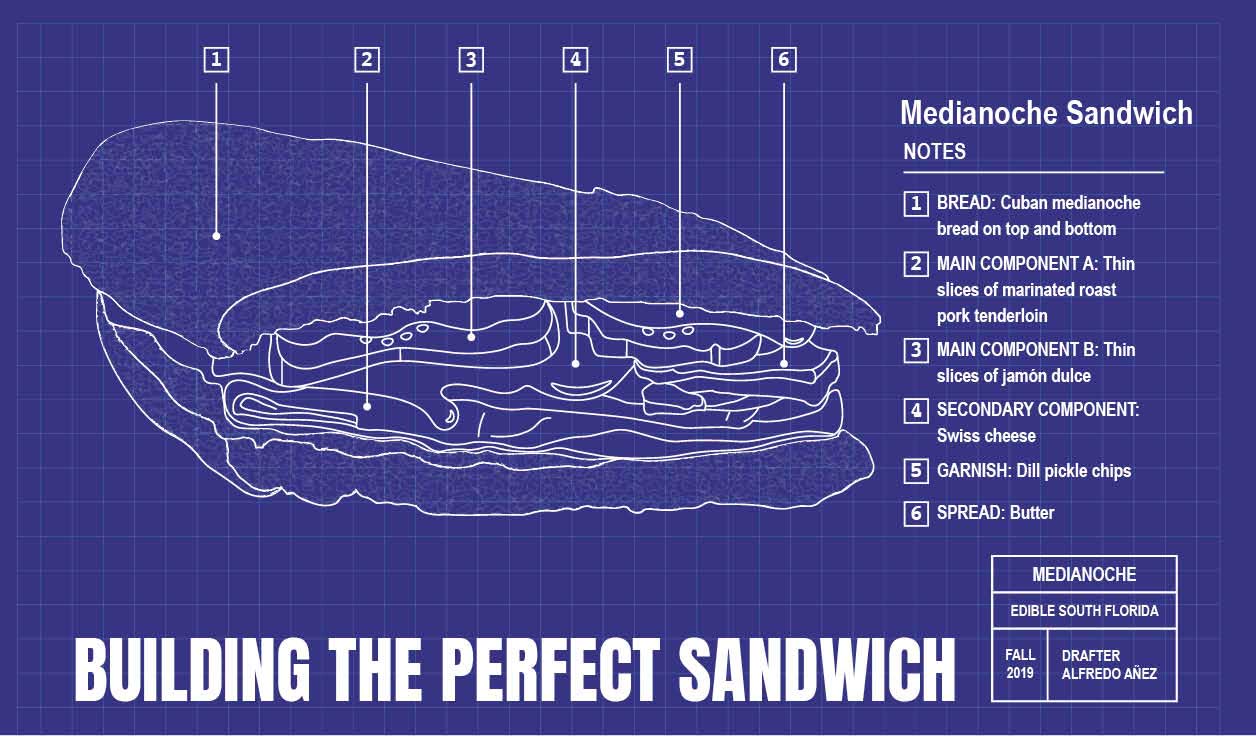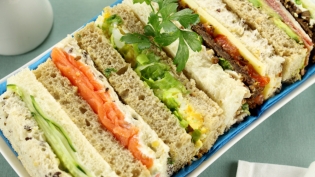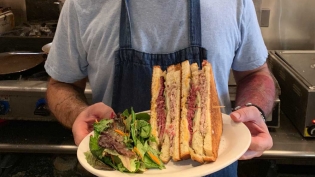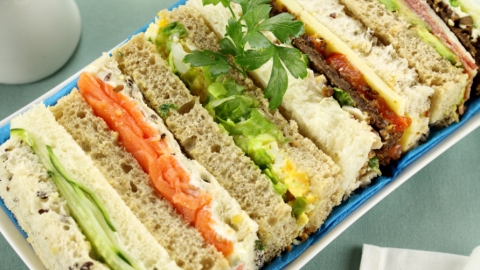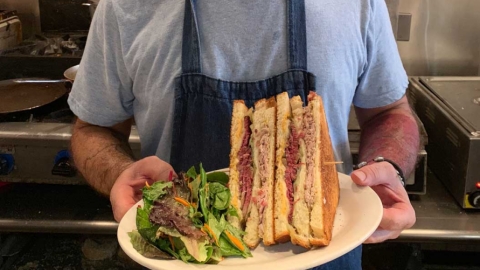Building the Perfect Sandwich
“All of humankind has one thing in common. The sandwich. I believe that all anyone really wants in this life is to sit in peace and eat a sandwich.”
– Liz Lemon
What makes for a good sandwich? To me, it’s all about architecture, both literal and metaphorical. The physical components of the sandwich need to be arranged in a way that all works together; and the exact same is true of flavors and textures.
[1] Bread: Any number of different types of bread can work, depending on context. The airy crackle of a banh mi baguette is ideal with rich pâté and Vietnamese cold cuts. A soft top-split bun is a perfectly nebbishy foil for a delicate lobster roll. A hearty Italian sesame loaf can contain the bold flavors of a muffaletta. But what matters most is structural integrity. There’s nothing worse than a sandwich that falls apart before you can finish it. Sometimes it’s an assembly issue, but more often than not it’s a materials defect: the bread wasn’t up to the task.
[2] Main Component: It’s usually meat of some sort, but it doesn’t have to be. I’ve had tempeh reubens and barbecued pulled squash sandwiches that were delicious, and you can give me an eggplant parm sandwich any day of the week. Whether it’s meaty, or soft or crunchy (think of a fried oyster po’boy, or a Spanish bocata de calamares), the other elements should be adjusted accordingly for contrast and balance.
[3] Secondary Component: A sandwich with only one flavor can become tiresome, like the bland monotony of most Brutalist architecture. There are exceptions to this rule – corned beef on rye, a French dip, the Met Breuer – but generally speaking, some complementary element is important. Often, that second fiddle is cheese: steak and cheese, ham and cheese, nova and cream cheese. And for good reason. Its creaminess and fat merges and extends other flavors, and also helps literally hold everything in place when you’re building your sandwich.
[4] Garnish: Consider the Cuban sandwich. Roast pork, ham, salami if you’re from Tampa and don’t know when enough is enough, Swiss cheese – so far, there’s nothing really special going on here. To me, what makes a cubano great are the pickles, that pop of sour, salty and a little bit sweet amidst all that rich meat and cheese. But it doesn’t necessary have to be sour: crunchy papitas on a frita cubana do the same thing, with texture more so than flavor. It’s all about the contrast, something sharp and bright to offset and highlight everything else. This, to me, may be the most underrated element of sandwich architecture.
[5] Spread: Look, I know this is an embarrassing and uncomfortable subject for everyone, but – sometimes you need some lubrication. I’ve tried a dozen different ways of writing this, and can’t find a way around using that word. Unless your sandwich already has something smooth and creamy going on – melted cheese, coleslaw (By the way, coleslaw is great in a sandwich! It’s creamy and tart and crunchy all at once!) – you’re going to want some sort of spread to fulfill that role and pull everything together. Mayo, butter, Russian dressing, tartar sauce, mustard – all have their places, and can help fill in missing links of flavor at the same time.


